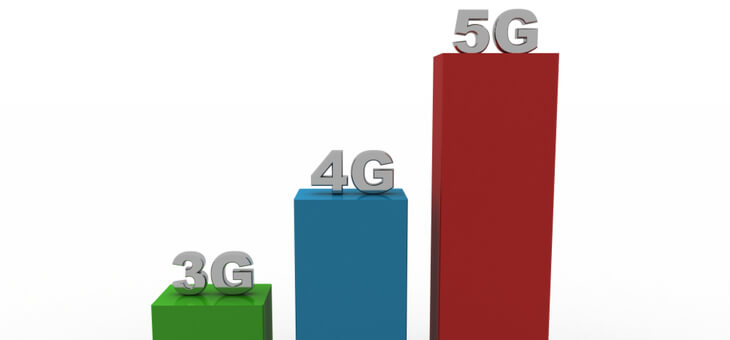Anyone with a smartphone would have heard the terms 3G, 4G and 5G and probably knows it has something to do with their mobile connection, but what are the differences between them?
5G has been heralded both as the future of mobile internet and cursed as a method of mind control meant to enslave the human race, but what is it really?
For starters, the ‘G’ in 5G, etc, stands for ‘generation’ and refers to the current generation of the cellular telecommunication network.
1G and 2G did exist once, but you usually hear more about the three later generations as 3G was the wireless standard in the mid-2000s – around the time that smartphones and the internet grew in popularity.
Read: The cheapest iPhone SE plans on each network
Popular plans right now
The generations are not any one thing and ‘5G’ and the others are actually catch-all terms for the technologies and software standards that make up the telecommunications network.
It generally refers to a change in the fundamental nature of the telecommunication service, non-backwards-compatible transmission technology, higher data transfer rates, new frequency bands, wider channel frequency bandwidth in hertz, and higher capacity for many simultaneous data transfers.
So what are the differences between the generations, and what advantages will you gain by upgrading to a newer standard?
5G
5G is the most recent wireless communication generation, and offers the fastest download speeds (as much as 20 gigabits per second in some cases).
Introduced in 2019 as the successor to the 4G network, 5G also brought with it much lower latency speeds – meaning a much quicker response time when doing things online.
Read: How your phone is harming your health
Currently in Australia, 5G networks are operated by Telstra, Optus and Vodafone. At the moment 5G coverage is still mostly limited to the capital cities, but these networks are expanding every day. Telstra claims its 5G network reaches 75 per cent of the Australian population and Vodafone claims even more.
To access the 5G network, you’ll need a 5G-capable phone or tablet, which are usually the high-end models on offer. 5G capable phones are currently available from Apple, Samsung, OPPO, Motorola, Google, Nokia, Vivo and Huawei.
4G
The 4G network is the predecessor to the 5G network and, as such, it represents older technology. First introduced in 2006, the 4G network covers most populated areas in Australia and it’s estimated global coverage reaches about 80 per cent.
As the successor to 3G, 4G introduced a number of improvements over the old standard including increased security protocols and the improved speeds needed to seamlessly stream video.
Read: Is your phone really listening to your conversations?
3G
3G is usually the earliest generation you’ll hear talked about when it comes to smartphones. Introduced initially in the late 1990s, 3G became the telecommunication standard of the 2000s and is often associated with bringing the internet to phones.
The 3G network was shut off in Australia in 2019 and 3G-capable phones are no longer sold here.
If you enjoy our content, don’t keep it to yourself. Share our free eNews with your friends and encourage them to sign up.

